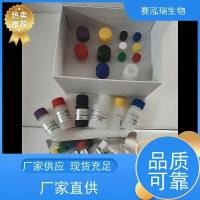Gestation-Induced Uterine Vascular Remodeling
互联网
互联网
相关产品推荐

Recombinant-Papio-anubis-Sugar-transporter-SWEET1SLC50A1Sugar transporter SWEET1 Alternative name(s): Solute carrier family 50 member 1 Uterine stromal cell protein
¥10752

BCL11B/BCL11B蛋白Recombinant Human B-cell lymphoma/leukemia 11B (BCL11B)重组蛋白B-cell CLL/lymphoma 11B (COUP-TF-interacting protein 2) (Radiation-induced tumor suppressor gene 1 protein) (hRit1) (BCL-11B) (CTIP2) (RIT1)蛋白
¥2328

Human Herpes Gestation,HG ELISA Kit
¥800

FLT1/FLT1蛋白Recombinant Human Vascular endothelial growth factor receptor 1 (FLT1)重组蛋白Fms-like tyrosine kinase 1蛋白
¥2376

Sostdc1/Sostdc1蛋白Recombinant Rat Sclerostin domain-containing protein 1 (Sostdc1)重组蛋白Uterine sensitization-associated gene 1 protein Wnt-signaling modulator Usag1, Wise蛋白
¥2208

